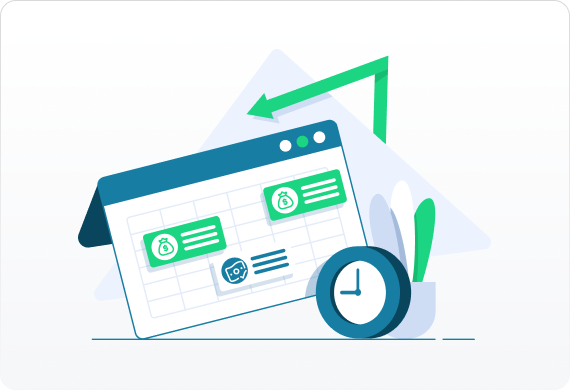Picture the corner pharmacy of the 1950s, with a striped awning and jars of candy on the counter. The corner drugstore was a staple of most communities, but drugstore chains have gradually replaced it. There are still healthy independent pharmacies throughout the country, however. If you dream of being a neighborhood staple like in different times, your dream is not out of reach.
Opening an independent pharmacy can sound like a simple proposition – sign a lease and set up a storefront. But this simple plan can become quite complicated. You will need to budget for seven to eight months of negative cash flow before you break even or start turning a profit. Your business plan should consider the target customers you plan on serving, whether you are opening in an area with young families or near retirement communities, and how you will reach them.







